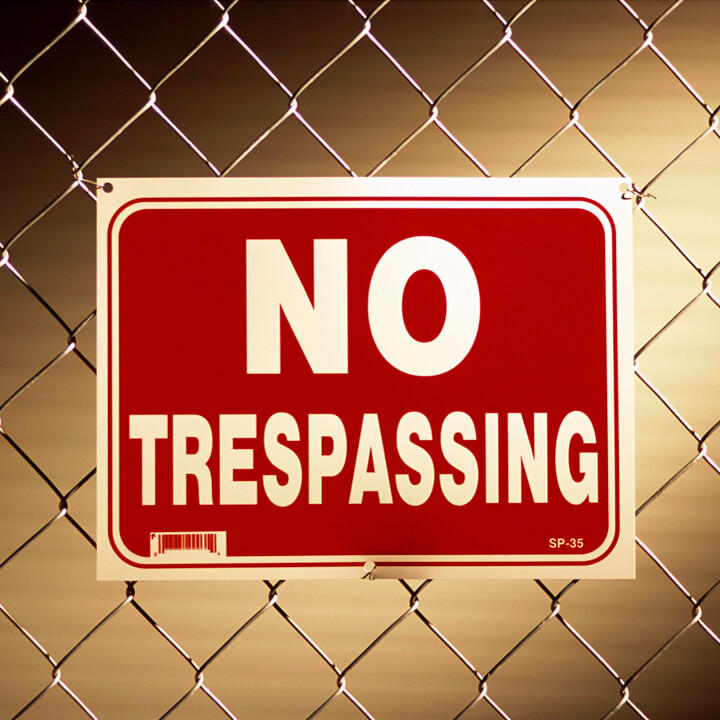Keeping trade moving: Injunctions against protestors (or 'persons unknown')
30th October 2019
 Why is Canada Goose v Persons Unknown of interest?
Why is Canada Goose v Persons Unknown of interest?
Protestors and trespassers can cause significant disruption to a business – sometimes even bringing operations to a standstill. A backdrop of political and economic uncertainty can cause tensions, and the associated risks posed by protestors and trespassers, to run particularly high. Injunctions can be a highly effective tool to keep trade moving – even when the identity of any wrong-doers is unknown.
However, as the recent case of Canada Goose UK Retail v Persons Unknown [1] demonstrates, the granting of an injunction will not be taken lightly by the courts. Amid the pressure and the practicalities of injunction litigation, parties must not underestimate the importance of getting the legalities and the procedural aspects absolutely right.
What are the implications?
In the Canada Goose case the High Court refused to continue an injunction, which had previously been granted on an interim basis, against animal welfare protestors outside Canada Goose’s Regent Street store.
The following essential legal and practical implications arise for any business applying for an injunction against persons unknown.
Unlawful conduct
- There must be a real and imminent risk of a tort being committed to justify anticipatory/pre-emptive injunctive relief [2]. Conduct which is merely irritating or inconvenient for the applicant may not necessarily be unlawful and sufficient to found an injunction.
Terms of the injunction
- The terms of the injunction must correspond to the threatened tort and must not be so wide that they prohibit lawful conduct.
- The terms of the injunction must be sufficiently clear and precise as to enable persons potentially affected to know what they must not do.
- The injunction should have clear geographical and temporal limits.
(As an aside, whilst a proposed injunction should not be any more wide than strictly necessary, it should, however, be comprehensive. In another 2019 injunction application against persons unknown [3], the successful property owner obtained an injunction which not only restrained further trespass at the site, but also secured removal from YouTube and other websites of footage of the trespass. In a world where everyone with a phone can film and post footage, consideration should be given to requesting a similar order in any case where there is evidence that internet footage of a trespass has encouraged others to do the same.)
Identifying potential defendants
- It must be impossible to name the person[s] likely to commit the tort unless restrained.
- Where the identity of any individuals becomes known, those persons should be added to the proceedings as named defendants as soon as possible.
- The applicant should endeavour to narrow the class of persons unknown, to enable them to be identified so far as possible. In practical terms this could involve describing appearances and/or actions at certain times, adducing CCTV/bodycam footage, etc.
Procedural requirements
- It must be possible to give notice of the injunction.
- In addition, service of the claim form, as well as of any interim injunction, must be properly effected, so as to give all persons potentially affected the opportunity to raise a defence.
WM comment and practical advice
In the Canada Goose case, the terms of the proposed injunction, and the class of persons unknown against whom it was sought, were too wide. The court was therefore concerned that, if ordered, the proposed injunction would interfere with lawful protest and would impact innocent persons. The applicant also fell short procedurally, in that it had failed to properly serve the claim form, as well as the interim injunction order. Any one such error might prompt a court to refuse an injunction.
This case is therefore a cautionary reminder that the courts will not take the granting of an injunction lightly – certainly not against persons unknown, and not even where an earlier interim injunction has been ordered.
In relation to any injunction against ‘persons unknown’, applicants/claimants should focus on the specific actions or risks against which they are trying to guard, and should not try to obtain any wider injunction than is strictly necessary. Applications and notices should use clear, plain English wording and, where possible, should not include legal jargon or terminology.
Applications for injunctions usually arise in pressured situations and there is often real urgency. However, remaining calm throughout the process can help to keep stress levels, and mistakes, to a minimum; as can ensuring that you have an experienced, expert team around you.
_____________
[1] [2019] EWHC 2459 (QB)
[2] known as quia timet relief



